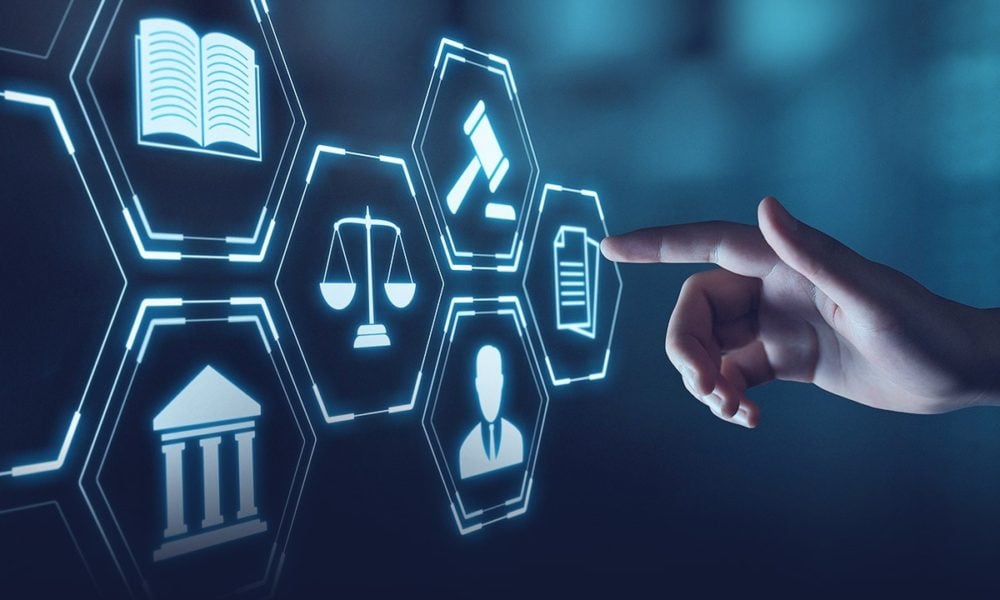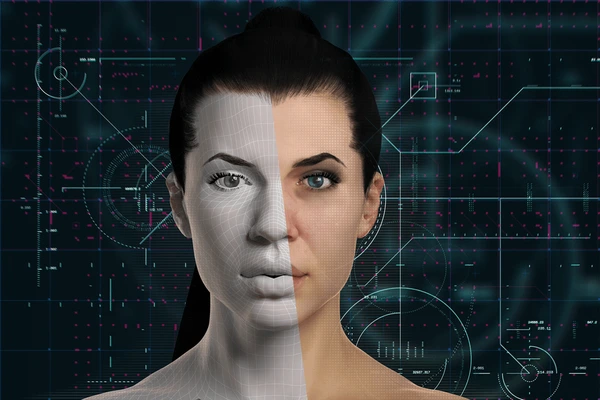
FAL
Deepfake technology stands out as one of the most significant developments in artificial technology, as it rapidly advances and makes headlines. In part one (read article 1 here) of this series, we looked at the technological backbone and evolution of deepfake technology. In this article, we will analyse the current landscape of deepfake technology and its potential further developments, both beneficial and threatening.
A resource for Education and Simulation
The potentials of deepfake technology extends to saving time, an outsource of labour, and financial burdens. The technology has already started to revolutionise visual industries, with its clear benefits for example in the film industry; By creating low-cost, high-impact visuals, there has become a great use for deepfake technology, and has already diminished the reliance on physical actors. As the technology advances, and we can form realistic human replacement, there is space for these deepfake ‘personalities’ to train and educate workers across most industries. As its application extends to creating realistic simulations for training purposes, deepfake technology could prove invaluable in industries such as aviation and healthcare for scenarios like flight simulations and complex surgical procedures. Furthermore, deepfake technology has the potential to elevate online learning experiences, making them more engaging and interactive. The potential for deepfake technology to revolutionise education by providing cost-effective visuals, realistic training, and immersive online learning experiences, is endless. It will be important for industries to lean into the adaptation and find ways to maximise the technologies potential, like the film industry has done.
Personalized Experiences
Businesses can leverage deepfake technology to create a personalised customer experience. For instance, online clothing companies have started to utilise deepfakes to enable customers to generate AI-generated visuals, aiding them in making informed purchasing decisions. While it is clear the benefit deepfake technology will have on visual industries, there will be development for industries where the technology can be utilised in other ways. David Beckham was the focus of a campaign for Zero Malaria Britain, a charity working towards the eradication of malaria. Deepfake technology was used in their campaigns to have him look as though he has aged greatly, as well as having him speak in various languages [1]. This campaign demonstrates the technologies’ potential ability to facilitate wider reach. People can start to give talks in languages they don’t speak, companies can therefore reach a greater diversity of clients and at scale. As technology develops and is more widely accessible, we could be having meetings in real time, using deepfake technology to change the language we are speaking.
Blurred Reality
While deepfake technology could facilitate connections in its ‘real time’ use, it certainly paves the way for a Black Mirror leaning world; particularly when we can’t decipher what is real and what is AI. The largest financial scam to date involving deepfake technology was reported in Hong Kong, as a finance worker fell victim to a $39 million scam orchestrated through a "deepfake" video call, where AI-generated versions of his co-workers, including the UK-based chief financial officer, convinced him to transfer the funds: marking this the first case of its kind with multiple fake individuals on a video call [2]. The man only realised the situation to be a scam after growing suspicious and verifying the transaction with the company's headquarters. This case proves a challenging development for deepfake technology as its ability to falsify reality will continue to be used with malicious intent.
This builds on our previous article (read article 1 here) in which we highlighted instances of the technology used to falsify reality in a negative way. For example, through the political sphere, deepfake material circulated of Ukrainian President Volodymyr Zelenskyy and US President Joe Biden, which was used with the intention of manipulating a war and an election. These all exemplify the scary reality that deepfake technology can interfere at the highest public levels, can create distrust in the entire democratic process and political institutions; as the technology can interfere with credible, fact-based media reporting and the public’s perception of truth and fact.
Legal Implications
Incorporating deepfake technology into any industry is complex, and its impact on the legal field is particularly multifaceted. The legal implications of deepfakes extend across a spectrum of areas, including but not limited to intellectual property, consumer law, defamation, throughout and emerging of criminal cases. The challenges posed by deepfakes become pronounced as the lines blur between authentic and manipulated content, raising privacy concerns, and fostering an environment where the unauthorized distribution of explicit or harmful material becomes alarmingly plausible. Additionally, the technology's potential for spreading misinformation and political manipulation, prompts a reconsideration of existing laws.
Ethical considerations are crucial, emphasising the importance of both transparency and consent in using deepfake content. The legal system will need to navigate these challenges to ensure justice, privacy, and the integrity of information. Striking a balance between upholding justice, safeguarding privacy, and preserving the integrity of information becomes a paramount concern for legal professionals and policymakers.
Without a doubt, the benefits of deepfake technology are enticing, however the escalating risks associated with privacy infringement, misinformation, ethical concerns, and legal complexities cannot be ignored. As we navigate this developing landscape, the urgency for comprehensive legal frameworks and legislative development becomes increasingly evident. In the forthcoming instalment of this series, we will conduct a detailed exploration of the Australian legal framework in response to the challenges posed by deepfake technology.
[1] https://www.youtube.com/watch?v=0l4eTfpIsKw
https://www.youtube.com/watch?v=QiiSAvKJIHo
[2] Deepfake video call scams global firm out of $39 million (theage.com.au)
.png?width=675&height=338&name=Untitled%20design%20(8).png)
.png?width=100&height=50&name=Untitled%20design%20(15).png)
.png?width=800&height=800&name=Untitled%20design%20(57).png)


